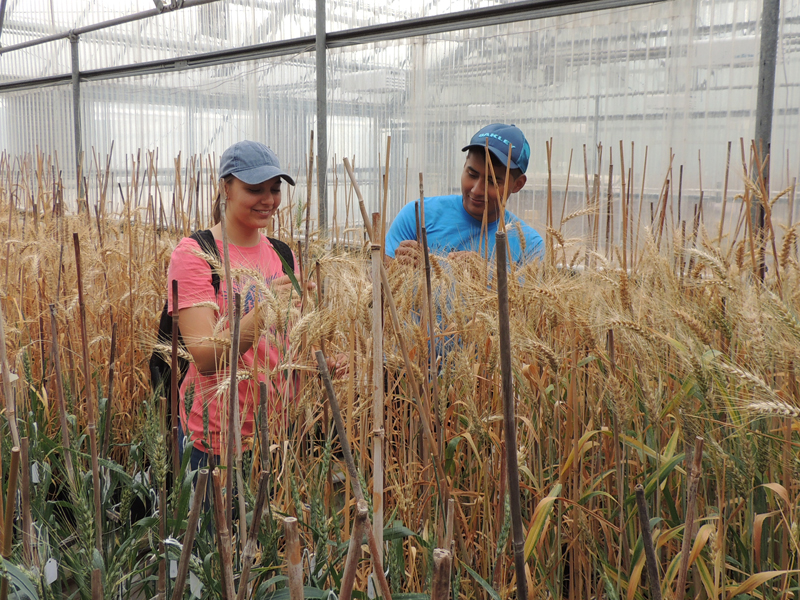Plant Science

Cotton breeders face a “Catch-22.” Yield from cotton crops is inversely related to fiber quality. In general, as yield improves, fiber quality decreases, and vice-versa. “This is one of the most significant challenges for cotton breeders,” says Peng Chee, a researcher at the University of Georgia.


Crops just can’t do without phosphorus.
Globally, more than 45 million tons of phosphorus fertilizer are expected to be used in 2019. But only a fraction of the added phosphorus will end up being available to crops.
The impact is two-fold: financial and environmental. “Fertilizer costs are significant for farmers in south Florida,” says Tiedeman. “And phosphorus rock, the most widely used source of phosphorus fertilizer, is in low supply across the globe. It is thought that phosphorus rock resources will only be available for the next 50 to 200 years.”

Farmers irrigating their crops may soon be getting some help from space. In 2018, scientists launched ECOSTRESS, a new instrument now attached to the International Space Station. Its mission: to gather data on how plants use water across the world.
The ECOsystem Spaceborne Thermal Radiometer Experiment on Space Station (ECOSTRESS) helps scientists answer three broad questions:

The plant world works in mysterious ways. We often think of plants producing flowers so those flowers can produce seeds for the next generation. But what would be the purpose of a flower that doesn’t bear seeds?
“We were particularly perplexed as to why a plant would invest energy if that structure isn't making a seed,” says Elizabeth Kellogg. “It seems as though it would be a waste of energy.”

More than 750 million people don’t get enough nutrients from their food. More than two-thirds of those people live in places that consume a lot of rice. Can rice bred for extra protein be the answer?
“There are hundreds of millions of people around the world who depend on rice and eat it three times a day, but their access to protein is very limited by availability and cost,” explains Herry Utomo, a professor at Louisiana State University. “High-protein rice can be used to help solve the worldwide problem across social, cultural, and economic issues.”

The beloved peanut usually grows in sandy soil where there might not be much moisture. But some varieties of peanut perform better in drought than others. They use less water when there isn’t much to go around, and remain productive as drought deepens. Crop scientists are trying to find the peanut varieties best at it.
Thomas Sinclair at North Carolina State University and colleagues are studying peanut varieties to find a ‘water conservation’ trait. It would help the plant maintain a high yield during a drought.

Rice is a staple food crop of 20 percent of the world’s population. It’s also grown on every continent except Antarctica.


Beans are awesome. They are packed with nutrients and are high in protein. They can grow in many different environments. They help replenish soil nitrogen levels. They are a vital crop for food security in many parts of the world.

But a small beetle can cause big losses to bean crops.

Is biofortification the best thing since sliced bread? Well, biofortified wheat could certainly make it easier to help some humans get proper nutrition.


